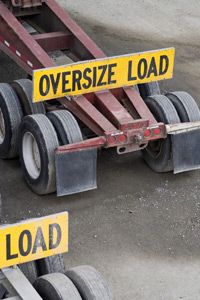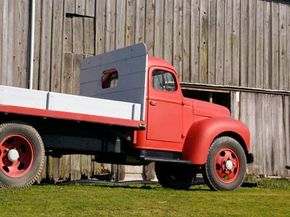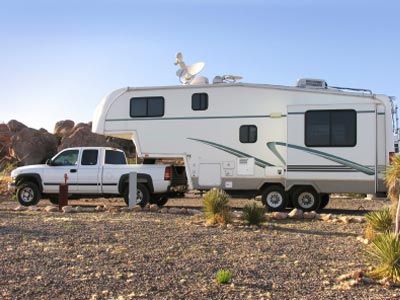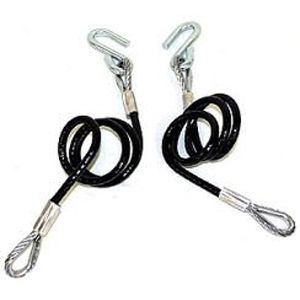You've just put the finishing touches on your hot rod, and you want to show it off at a huge summer car show in Daytona, Fla. You've been blogging online throughout the restoration process, and your fellow gearheads from the various Internet chat forums you regularly prowl can't wait to see your ride up-close. The problem? You live in New York.
No worries. You scored a buddy's flatbed car trailer, so you get the car loaded up and chained down. It's time to hit Interstate 95 South for the coolest weekend you've had in years.
Advertisement
Everything is going smoothly. You're cruising, listening to Van Halen on the radio when suddenly you see traffic accumulating up ahead. No big deal: You're from New York. You can handle traffic. As you approach, you notice you've entered a construction zone and the local department of transportation has decided to close one lane and make you merge into one of the two remaining lanes. As you get closer, you start to get frustrated because all the people driving Honda Civics and other little nimble cars are darting into gaps and taking open spots left by big trucks and trailers.
Finally, you see a gap. You know it's probably not the best idea to force your way in, but you throw reason out the window and gun the accelerator. The next thing you know, you feel a tremendous shake and hear a loud bang behind you. Someone has just slammed into you. You curse under your breath as you look in the rearview mirror, hoping your Camaro hasn't been damaged by the idiot that just rear ended you. To your horror, you see nothing but an empty trailer behind you and you hear nothing but a bunch of cars honking their horns in your wake. Instantly, it registers - - you just lost your car.
It's rare, but this scenario has actually happened before. Flatbed trailers are specially designed to haul a wide range of loads, usually vehicles. But, as you know, cars roll freely. If you don't properly secure a vehicle on a flatbed trailer, you could be in for a long day. The next page contains tips on effective flatbed trailer towing and a list of reliable accessories you may want to consider before you make the terrible mistake of improperly towing a flatbed trailer and your painstakingly restored hot red.
Advertisement




